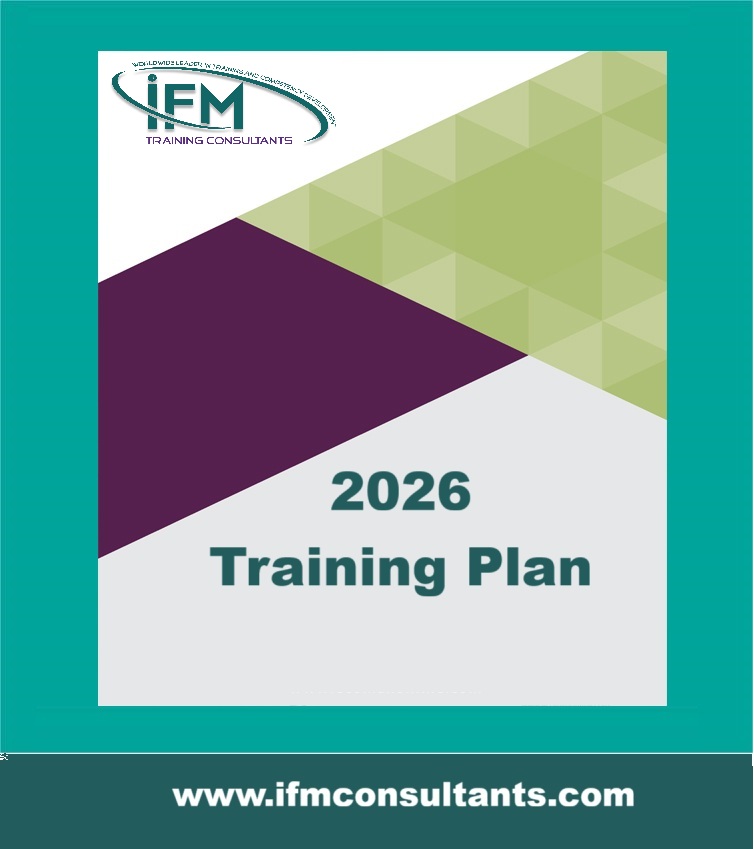SharePoint Implementation Best Practices: from Design to Integration
| Start Date | End Date | Venue | Fees (US $) | ||
|---|---|---|---|---|---|
| SharePoint Implementation Best Practices: from Design to Integration | 16 Nov 2025 | 20 Nov 2025 | Riyadh, KSA | $ 4,200 | Register |

SharePoint Implementation Best Practices: from Design to Integration
| Start Date | End Date | Venue | Fees (US $) | |
|---|---|---|---|---|
| SharePoint Implementation Best Practices: from Design to Integration | 16 Nov 2025 | 20 Nov 2025 | Riyadh, KSA | $ 4,200 |
Introduction
As SharePoint is being selected, implemented for kinds of businesses around the world, training for strategy, design, implementation, best practices is essential to make the most of SharePoint. A well-implemented SharePoint solution will make all kinds of businesses and organizations more efficient and well organized and deliver more business benefits and cost savings. Designing and delivering a SharePoint solution requires an effective strategy, architecture, design, policy and procedures, information architecture and best practice implementation and support. Delivering product and technical training on SharePoint is one part of the training, but successful implementation requires a strategy and structure for how to share and manage different content, documents, information, and records. This program covers global best practices for implementing SharePoint 2007 and 2010 and complementary solutions. In this program you will learn how to:
- Understand the core capabilities of SharePoint 2007 and 2010
- Understand how to create a SharePoint management strategy, design and information architecture
- Develop key strategies for delivering a successful implementation
- Learn SharePoint 2010 functions and functionality for sharing and managing content and records
- Create information architectures, taxonomies, folksonomies and metadata plans
- Create records management business tools like electronic file plan, retention and disposal rules, security rules, archiving, confidentiality and privacy
- Link document and records management systems and implement them across your organization
- Planning content types, classification, search, workflow and communities
- Planning the SharePoint architecture, site provisioning, governance, administration and maintenance
- Best practices for assessing, transitioning and implementing SharePoint 2010 for managing content and records
- Explore the implications of an Enterprise Content Management (ECM) strategy in conjunction with SharePoint and Records Management
- Understand how to integrate SharePoint and migrate content into SharePoint and out to other information systems
Objectives
- Understand the core capabilities of SharePoint 2007 and 2010
- Understand how to create a SharePoint management strategy, design and information architecture
- Develop key strategies for delivering a successful implementation
- To understand SharePoint polices, procedures, standards including document and records management standards
- Learn SharePoint 2010 functions and functionality for sharing and managing content and records
- Create records management business tools like electronic file plan, retention and disposal rules, security rules, archiving, confidentiality and privacy
- Link document and records management systems and implement across your organisation
- Planning content types, classification, search, workflow and communities
- Planning the SharePoint architecture, site provisioning, governance, administration and maintenance
- Best practices for assessing, transitioning and implementing SharePoint 2010 for managing content and records
- Explore the implications of an Enterprise Content Management (ECM) strategy in conjunction with SharePoint and Records Management
- Understand how to integrate SharePoint and migrate content into SharePoint and out to other information systems
- Using metadata, business classification scheme, taxonomy and setting retention plans
- Learn how to implement legislation, standards and regulation
- Create advanced polices and procedures
- Learn advanced concepts for managing information and records, such workflow, file plan, archiving, auditing, compliance and version control
Training Methodology
Participants will learn by active participation during the program through the use of a wide variety of instructional techniques. There will be group exercises to allow for a “hands-on” approach to learning. Case studies will be utilized to present “best practices” approaches. In addition, there will be a depth discussion of critical success factors. This is an interactive course. There will be open question and answer sessions, regular group exercises and activities, videos, case studies, and presentations on best practices. Participants will have the opportunity to share with the facilitator and other participants what works well and not so well for them, as well as work on issues from their own organizations. The online course is conducted online using MS-Teams/ClickMeeting.
Who Should Attend?
This program will prove to be useful and productive for all those who are interested in understanding SharePoint and how it can be implemented successfully. It will be of benefit to:
- IT Management
- Management Executives
- Project Managers
- IT Team Leaders
- Business Analysts
- Records Managers
- Document Controllers
- Technical Staff
- Document and Records Management Personnel
- Document Management Supervisors
- Users of Document and Records Management
- Personnel seeking to enhance their skills
- Implementation team - IT and business
- Suppliers, Solution Providers, Vendors
- Users
Course Outline
DAY 1 - Strategy
- Introduce SharePoint 2007 and 2010
- How SharePoint works
- Business drivers
- Description of key differences between SharePoint 2007 and 2010
DAY 2 - Concepts
- Enterprise Content Management
- Information Architecture
- Taxonomy and Folksonomy
- Site Collaborations
- Business Intelligence, Content Analytics, PerformancePoint and Dashboards
- Enterprise search
- Communities and Workspaces
DAY 3 - IT Process
- Lists, Items and Columns
- Content Types
- Metadata Management and Tags
- Document Libraries, Document Sets and Folders
- Web Parts and Pages
- Forms
- Navigation
- Communities, Sites, Team Sites, My Sites
- Site Templates
- Servers and Farms
DAY 4 - Implementation Planning
- Implementation planning
- Creating policies and procedures
- Classification and File Plan
- Search and FAST
- Report Management
- SharePoint and Microsoft Office Integration
- Digital Asset Management (DAM)
- Document and Records Management
- Email Management
DAY 5 - Case Studies
- Introduction to case studies
- Group 1 - Strategy
- Group 2 - Concepts
- Group 3 - Process
- Presentations
- Evaluation and discussion

















